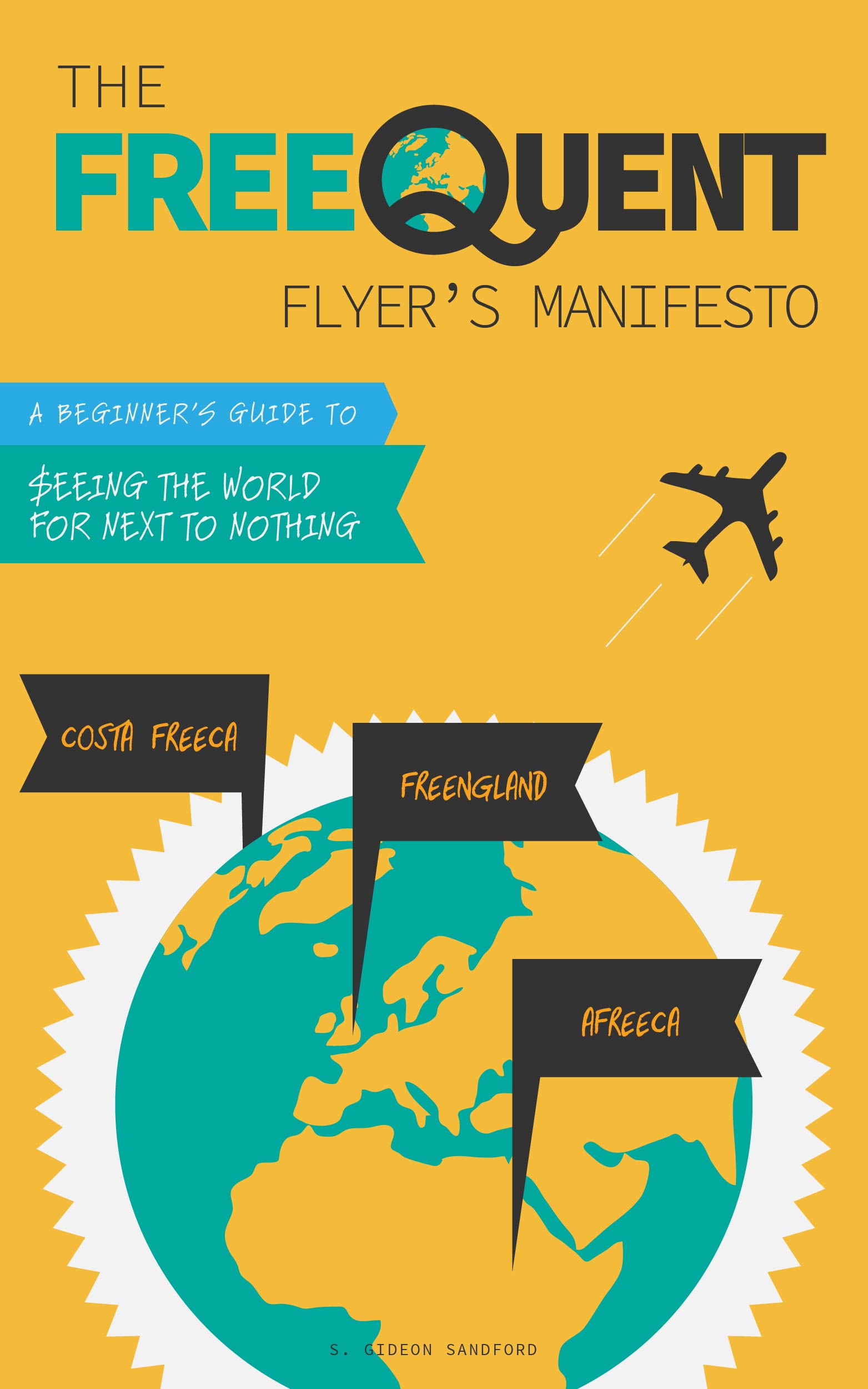I got a lot of great responses to my post on my miles and points activity in 2013, as well as my earlier post asking for reader questions. One thing that really surprised me was that some readers appeared to be a bit confused about just what techniques I use to manufacture the bulk of my spend.
So let me put this out there loud and clear:
Almost everyone in America can manufacture $14,000 in spend per month at a cost of 0.75-0.85 cents per dollar.
That's without even tiptoeing up to the line of what's "ethical." Some of us dance closer to that line than others, but the $14,000 is a pure gift from the banking industry of America to their clients.
Now, there are a few exceptions: the Pacific Northwest, for instance, has long been (almost) a dead zone for manufactured spend. I recently read that there will soon be CVS locations in and around Seattle though, so that drought might be coming to an end.
But in general, every person with a Social Security number can manufacture $14,000 in spend as long as they have access to:
- "Participating" CVS store locations;
- Walmart store locations.
Of course, if you have a partner with a Social Security number, you can double this total, plus add in techniques that require a second party (Amazon Payments, Venmo, etc.).
But virtually everyone can start with $14,000. Here's how.
Bluebird Loads
Each calendar month, every person with a Social Security number can load $5,000 in Vanilla Reload Network reload cards to their Bluebird account. It's then free to empty the account using Bluebird's bill pay function (or simply transfer the funds to your checking account).
- Spend Manufactured: $5039.50
- Cost: $39.50
- Cost per Dollar in Manufactured Spend: 0.78 cents
PayPal Loads
During every rolling 30-day period, every Personal, Business, and Premier PayPal account can be loaded with $4,000 in funds using PayPal My Cash cards. Every person with a Social Security number can have one (1) Premier or Business PayPal account, plus one (1) Personal account. Additionally, all three account types can have a linked PayPal Debit Card. There is a $3,000 daily limit on purchases made with debit cards linked to PayPal Business accounts, and a $500 daily limit on purchases made with debit cards linked to PayPal Personal accounts. The cheapest liquidation option I know of (besides Square Cash, which will only work briefly) is $0.70 money orders from Walmart, which can have a maximum value of $1,000. I've used that value below.
- Spend Manufactured: $8063.20
- PayPal My Cash Cost: $63.20
- Liquidation Cost: $5.60
- Cost per Dollar in Manufactured Spend: 0.85 cents
Nationwide Visa Buxx
Finally, every person with a Social Security number can order a Nationwide Visa Buxx card, which is loadable with up to $1,000 per rolling 30-day period, and can also be emptied using Walmart money orders.
- Spend Manufactured: $1,004.00
- Load Cost: $4
- Liquidation Cost: $0.70
- Cost per Dollar in Manufactured Spend: 0.47 cents
Conclusion
These aren't the only – or even the best – techniques for manufacturing spend out there. However, they do form a solid backbone of manufactured spend that is open to all US citizens and (I believe) virtually all resident aliens, as long as they have a tax ID number. While I was very satisfied with my manufactured spend activity in 2013, my average monthly spend was just $15,813. Of course, I spent a month abroad, so I was manufacturing more than that while Stateside, and my manufactured spend was heavily weighted towards the end of the year, but my point is that my yearly total could have been almost matched by a person spending just a few hours a week taking advantage of the above options: 3 trips to CVS for reload cards, 8 trips to Walmart for money orders, and a few minutes spent online loading the Nationwide Visa Buxx card.
That $169,280 per year in spend is enough to trigger high-spend bonuses on the premium Delta American Express cards, the American Express Premier Rewards Gold, Citi Hilton HHonors Visa, or just earn 253,920 United miles using the Chase United Club card.
I'm not saying any one of those is the right choice (I'll be using my "old" Blue Cash card, personally), let alone of of them (the annual fees would start to add up), but I am saying this core volume of manufactured spend makes a lot of things possible. Even just using a 2% cash back credit card you might be able to pay a month's rent or two using your earnings from manufactured spend (a net profit of $2105.60).
Stay tuned for some common sense tips on how to keep your spending patterns from alarming your credit card companies (and your banks!).


